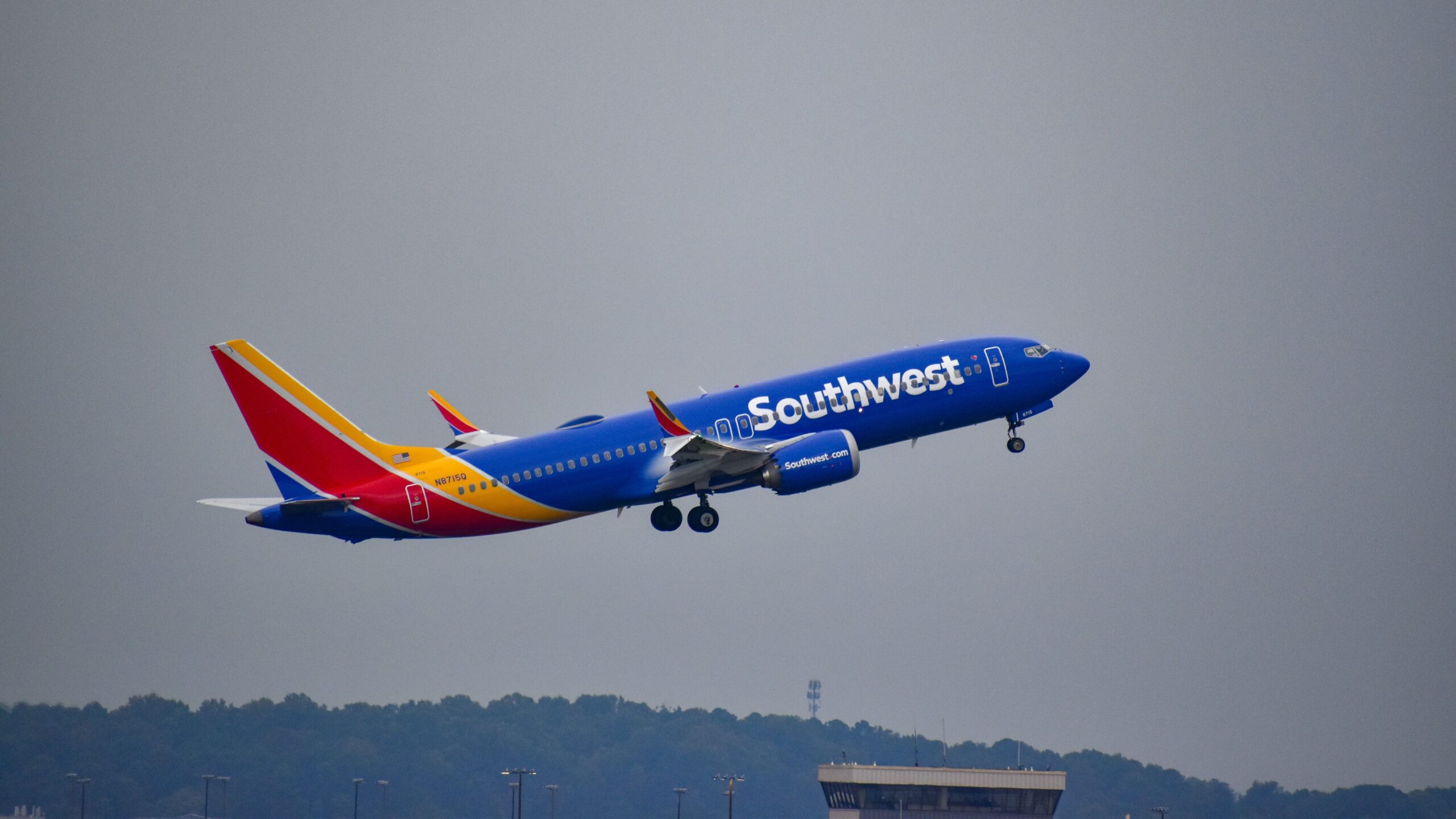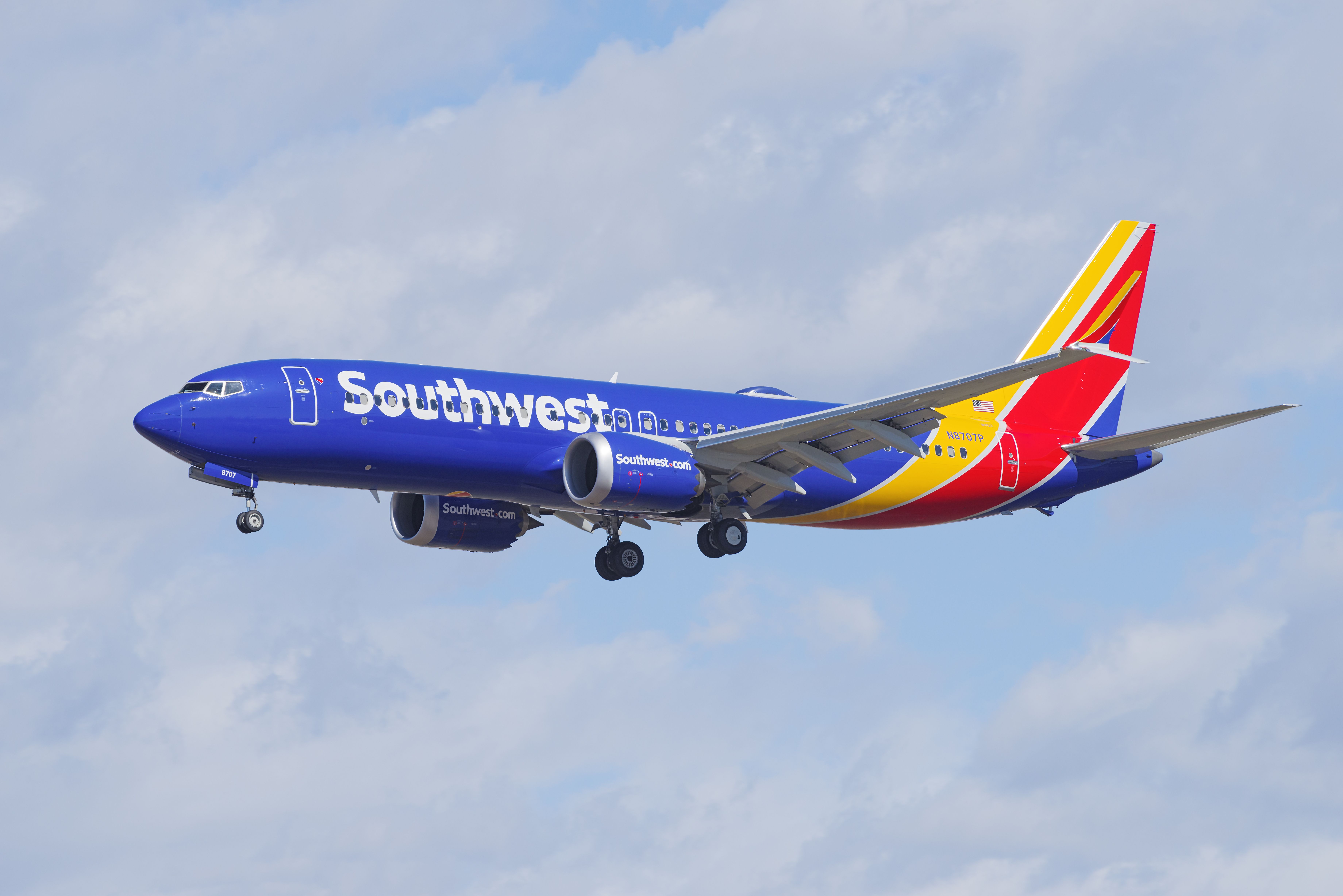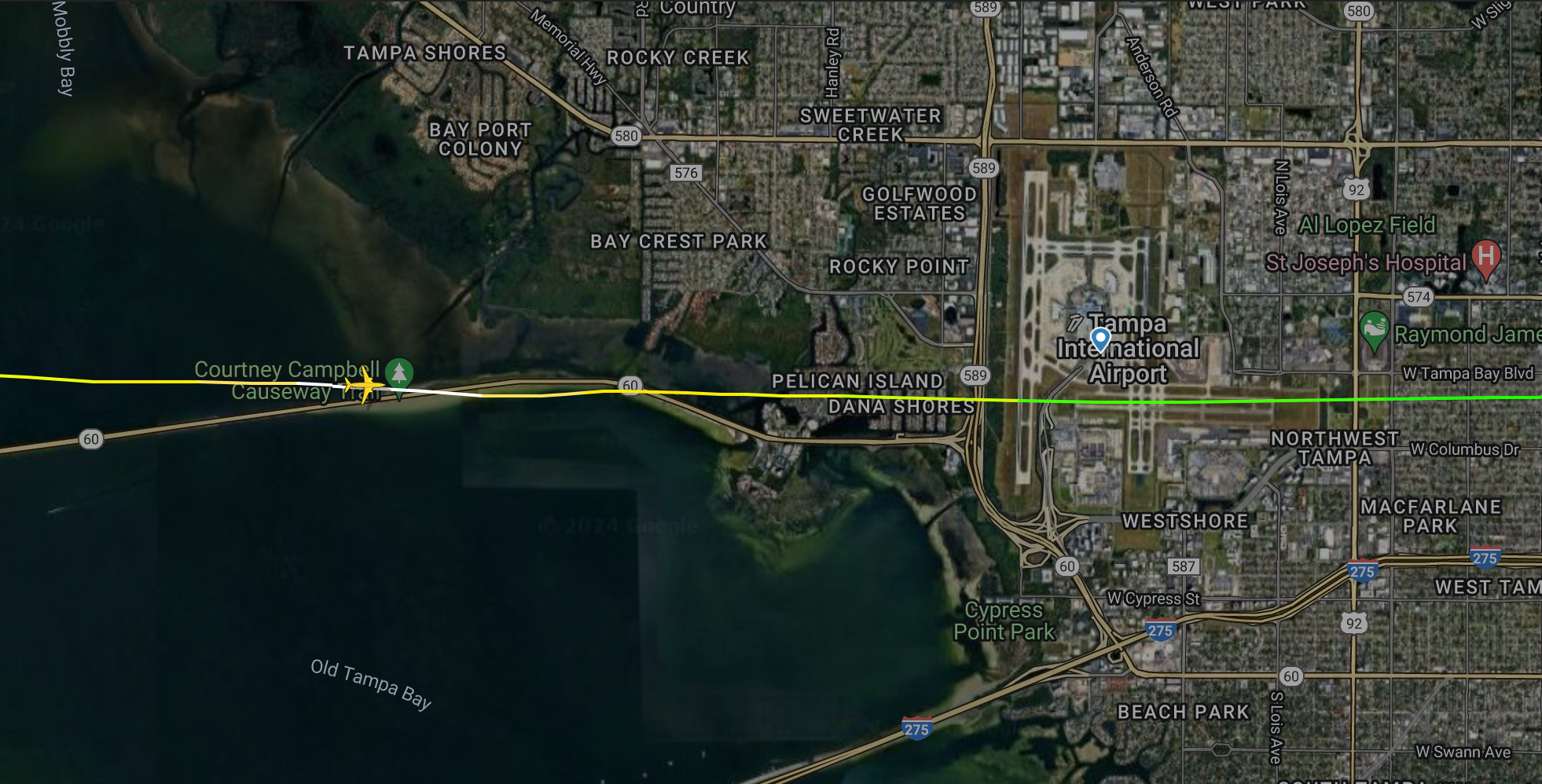Summary
- Southwest Airlines is speaking out after a flight to Tampa, Florida, reached just 150 feet above water on approach.
- It marks the fifth-known safety-related incident for Southwest this year.
- The flight aborted landing and safely diverted to Fort Lauderdale.
Dallas-based Southwest Airlines says it is investigating after a flight triggered a low altitude alert during its approach to Tampa International Airport (TPA) earlier this week. Amid inclement weather, the aircraft came dangerously close to Tampa Bay’s waters – reportedly reaching a height of 150 feet.
The flight was operated by a Boeing 737 MAX 8. It is the third mishap in which a Southwest aircraft has come dangerously close to terrain or water during final approach and the fifth safety-related incident this year.
Flight details
The terrifying ordeal was first flagged in a video posted on Friday by a YouTube channel titled “You can see ATC.” The aircraft, registered as N8841L, was performing WN425, which originated from John Glenn Columbus International Airport (CMH) in Ohio on Sunday. According to data from Flightradar24 and FlightAware, the flight was scheduled to depart at 16:00, but left its gate at 14:04. About 10 minutes later, it was airborne and headed south.
Photo: Angel DiBilio | Shutterstock
20 minutes into the flight, the plane reached its initial altitude of 33,000 feet, and then climbed to 34,000 feet another 20 minutes later. As it flew over southern Georgia, flight data shows the plane descended to 21,000 feet and entered a holding pattern, which was likely due to the thunderstorms that had covered nearly all of central and western Florida at the time.
The 737 MAX 8 remained in the holding pattern for about 50 minutes before exiting and descending further to 19,000 feet. Around two and a half hours into the flight, it was flying south, just west of Florida, and appeared to have begun its final descent. 20 minutes later, it had lined up for its approach onto Runway 10 at TPA.
“Check your altitude”
Above Tampa Bay, flight data shows the aircraft reaching a dangerously low altitude while still estimated to be between two and three miles away from the airport. At around 19:05 EDT, Flightradar24 indicates it reached 175 feet just before crossing over State Road 60 (SR60), but ADS-B data suggests the plane descended to 150 feet, according to the You can see ATC video.
Photo: Flightradar24
An air traffic controller then told the pilots to check their altitude and to ensure that the aircraft’s altimeter – the instrument that determines the correct altitude for aircraft – was set appropriately.
“Southwest 425, low altitude alert, check your altitude. Tampa’s altimeter is 30.14.
One of the pilots then replied, “30.14. Thank you, Southwest 425.”
Photo: FlightAware
The aircraft then began to climb in altitude as it came closer to TPA. It was more than 2,000 feet in the air once it reached the airport, indicating it was aborting the landing.
“Southwest 425, you plan to go around?” the controller asked.
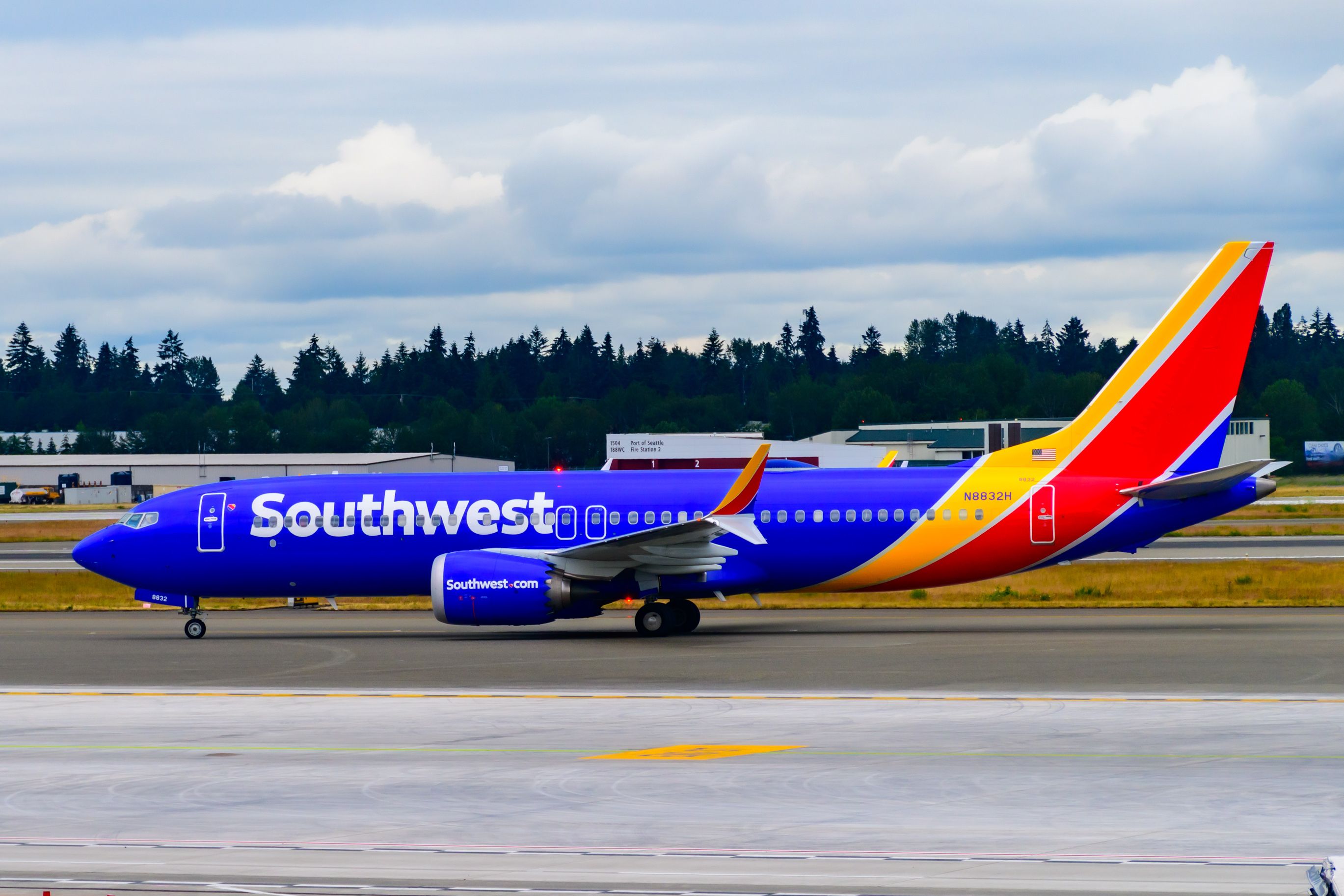
Read More
Southwest Airlines Saved From Global IT Outage Thanks To 32-Year-Old Microsoft System
While many carriers were grounded or delayed, Southwest could continue functioning.
A pilot then responded, “Yeah, we are. We have to go. Southwest 425.”
ATC instructed the pilots to maintain their heading and climb to 3,000 feet. However, the aircraft continued to climb further and changed course. Data shows that it diverted to Fort Lauderdale–Hollywood International Airport (FLL), where the weather conditions were much more favorable. The plane landed safely at 19:46.
A Southwest spokesperson confirmed the incident on Saturday in a statement to Simple Flying.
“Southwest Flight 425 safely diverted to Fort Lauderdale-Hollywood International Airport on July 14 after the Crew discontinued their planned approach into Tampa International Airport. The aircraft returned to Tampa after a short time on the ground in Fort Lauderdale.”
The low-cost carrier has unfortunately made several headlines for similar safety-related incidents this year. Last month, a 737-700 departed from a closed runway in Portland, Maine, which led to a National Transportation Safety Board (NTSB) investigation. The incident occurred just days before a 737-800 triggered a low altitude alert as it reached 500 feet while it was nine miles away from Will Rogers World Airport (OKC) in Oklahoma City.
During a flight from Phoenix to Oakland in May, a 737 MAX 8 suffered a Dutch roll, which occurs when an aircraft’s tail slides and causes a rocking back-and-forth motion. In April, another 737 MAX 8 came within 400 feet of the ocean during its approach in Lihue, Hawaii, and recovered just mere seconds before it could have been a disaster.
“Southwest is following its robust Safety Management System and is in contact with the Federal Aviation Administration (FAA) to understand and address any irregularities,” the spokesperson explained. “Nothing is more important to Southwest than the Safety of our Customers and Employees.”
In light of the recent incidents, the FAA could increase its oversight of Southwest. The agency regulated United Airlines and paused some of its certification activities due to its own string of safety incidents.
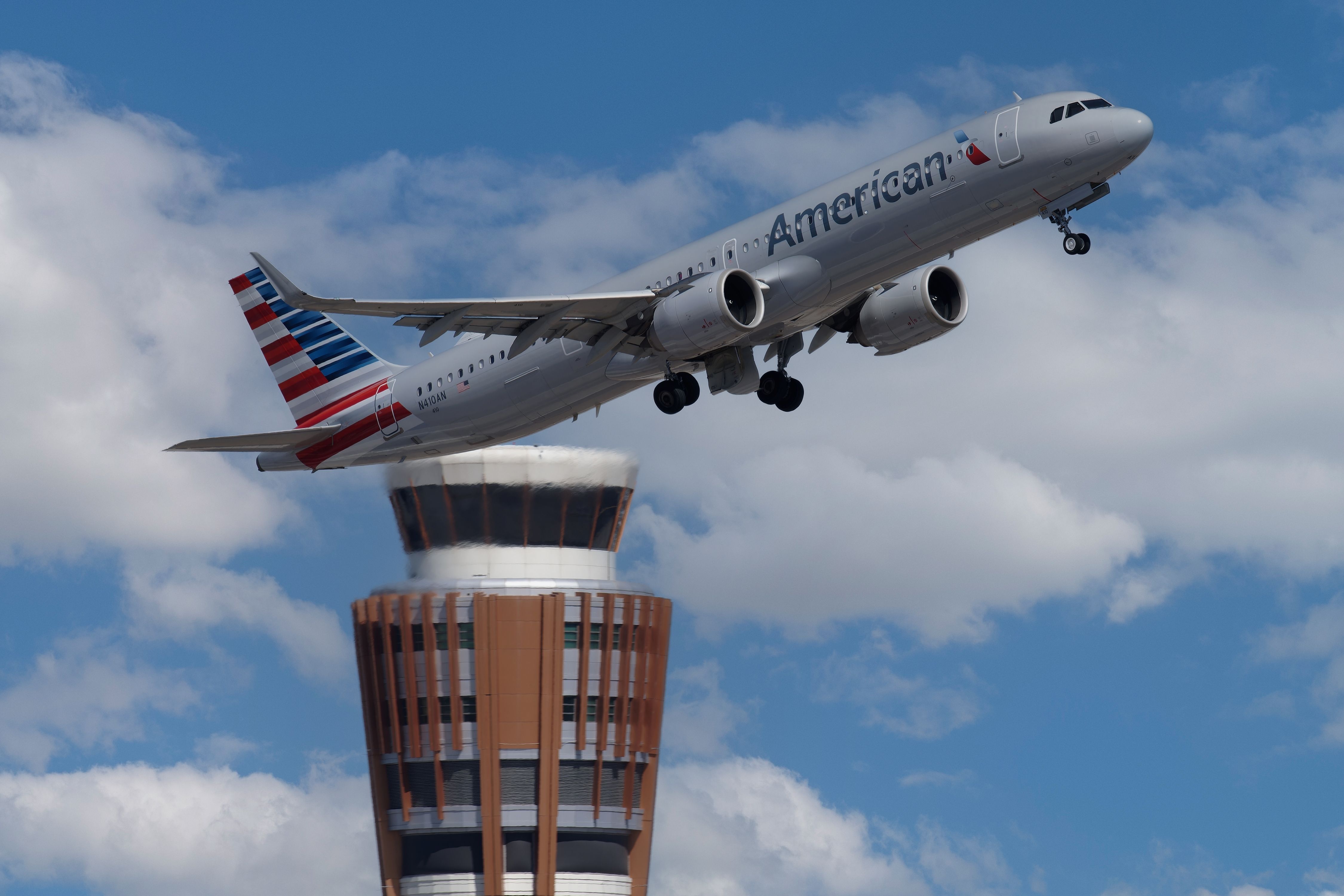
Read Next
Outdated ATC Facilities: Congress Urged To Increase Funding After Over 1,000 Close Calls
Only 13% of facilities were reported to be in “good” condition after evaluations in 2017.

